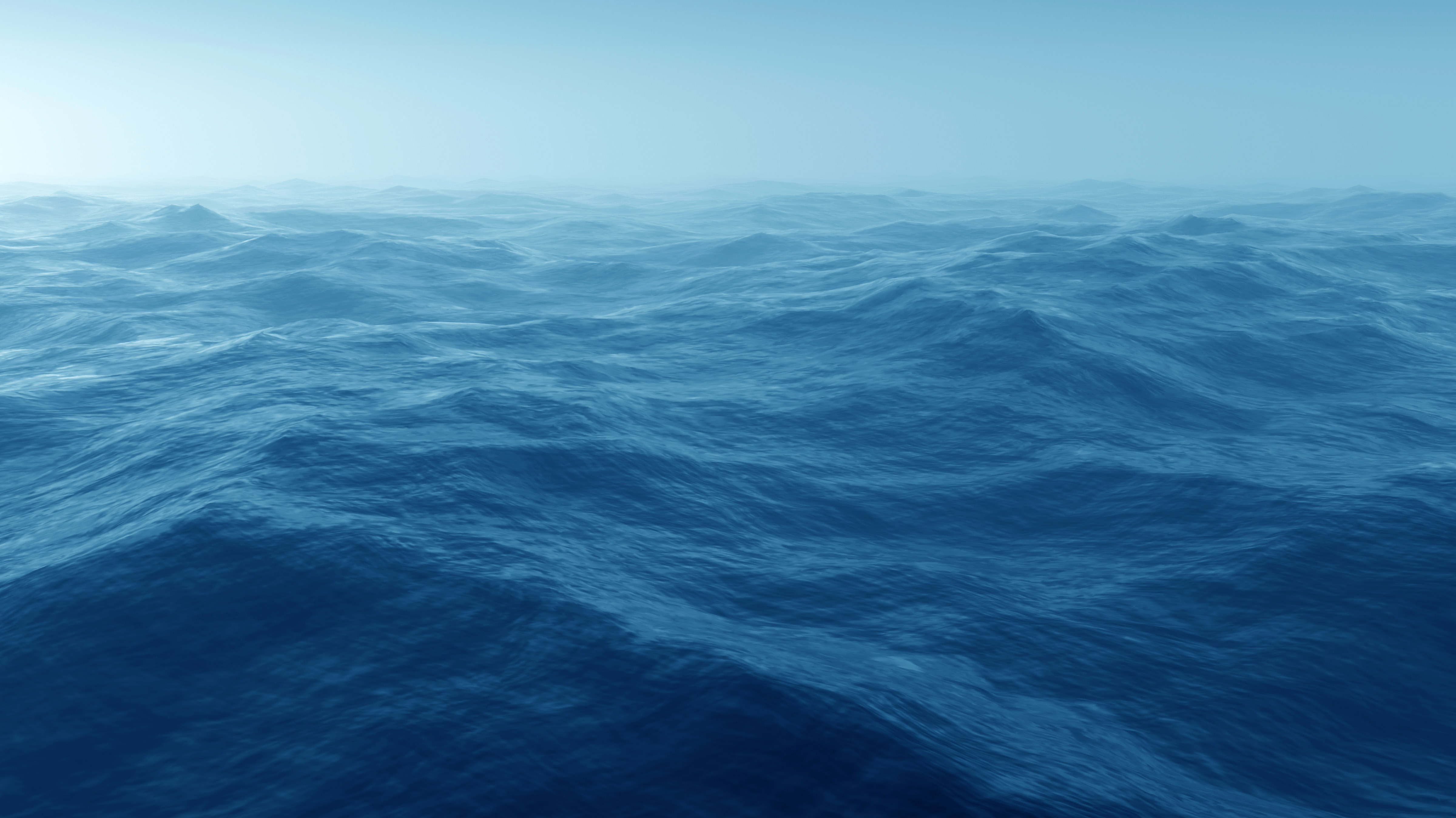
One of the area’s first wrecks shares her name, albeit spelled differently, with two other wrecks off the shores of West Michigan: The Milwaukie.
The three-masted schooner Milwaukie was built in 1836 at Grand Island, New York. She measured 113′ in length. She was enrolled at Buffalo, May 16, 1836. Her owners were Bronson, Holt & Dousman.
The following story is compiled in Kit Lanes book: “Lake Michigan Shipwrecks South Haven to Grand Haven.”
On the 16th of November, 1842, the Milwaukie anchored off the mouth of the Kalamazoo River, having received a partial cargo of flour at St. Joseph, and proceeded to take on between 400 and 500 barrels more that had been brought down the river from Kalamazoo.
The crew of the ship were incensed at the captain for stopping at this place on account of the danger of severe storms common on the lake at that season of the year…but no particular note was taken of the circumstance until later developments recalled it to memory.
The loading of the flour consumed all day, and it was long after dark before the Milwaukie hoisted anchor and set sail for Buffalo. About this time the wind suddenly shifted to the west and northwest and the temperature as suddenly fell below the freezing point. All night the cold wind whistled and shrieked about the old stone light house that sentineled the primitive harbor and just about the time the light of another day was breaking the inmates were aroused by an alarm at the door. A curious sight greeted Light keeper Nichols as he opened the door in response to the summons. Six forms that might have been taken for anything but human beings stood before him. Yet, human beings they were! Half insensible from the hardships they had undergone, uncouth, misshaped masses covered with ice and flour – these were the only survivors of the crew of the ship that had loaded there the day before.
Stopping at the light house at this time was a young man named Alex Henderson…and he immediately started down the lake shore to ascertain the extent and location of the disaster, which the appearance of the survivors betokened. Some two miles north of the river he saw a big ship driven hard on the outer bar, and already beginning to break beneath the blows of the heavy seas. Here he also found another of the crew who had succeeded in reaching the shore, but was too far gone to make any effort to save himself, and who died soon after.
A short time before this, an Indian squaw, traveling from Grand Haven to Saugatuck along the lake beach had noted the disaster and made haste to seek Mr. Morrison…who was familiar with the Indian dialect. To him she related what she had seen and a party was organized to go to the scene to render what assistance was possible. Nothing could be done, however, until the sea subsided and then it was found the captain and seven of the crew had perished for exposure on the boat.
The six surviving sailors lived because one of them was brave enough to get a line to shore, allowing his five shipmates to follow. These sailors all wore oilcloth overalls and jackets. These kept their bodies dry and undoubtedly saved them from exposure. Capt. Whittemore, the first and second mate, and four more sailors, however, perished on the vessel.
Following the wreck, George Holt of Buffalo, one of the owners of the Milwaukie; the agent who had loaded the cargo of flour at St. Joseph; and Henry Bishop of Schoolcraft, whose sister was the wife of Daniel Whittemore, the captain of the Milwaukie; headed for Singapore to learn the condition of the ship, and to see what was done with the bodies. They discovered the Milwaukie had been driven onto the beach sideways and was embedded in solid ice up to the main deck.
A sailor on the Milwaukie recounted the events leading to the wreck and described how he and the other sailors had objected to leaving St. Joe because of their superstitions. Apparently, rats started to leave the boat in large numbers while she was lying at the dock in the St. Joseph harbor. The sailor said they did not think it so strange until an old gray rat left. Then they expected something would happen to the ship if they continued on their voyage.
The Milwaukie was loaded with 1,300 barrels of flour, 900 of which were owned by Mr. Walbridge of Kalamazoo, and 400 owned by Mr. Bush of Allegan. A portion of the cargo was insured.
In Kit Lane’s book “Buried Singapore” she writes:
“Although some rigging may have been saved, the hull was too badly broken up and encased in ice to be rescued. The wooden frame was visible for many years just north of the mouth of the river about 50 feet from the water’s edge. Waterman W. Hutchins wrote later that as a boy he often waded or swam out to it. W. Hutchins lived 1840-1914.”
Kit also reports a section of hull washed ashore just north of the new harbor entrance in the mid 1970s that very well could have come from the Milwaukie.
The Holland City News reported, in 1904, that “ribs of the old hull were seen sticking through the shifting sand on the beach.”
Timbers and pieces of wood wreckage may still wash ashore in the Saugatuck State Park area, north of the channel, especially after storms that create large wave action. More than likely the keel and ribs of the Milwaukie still lie just offshore, constantly covering and uncovering with sand.

